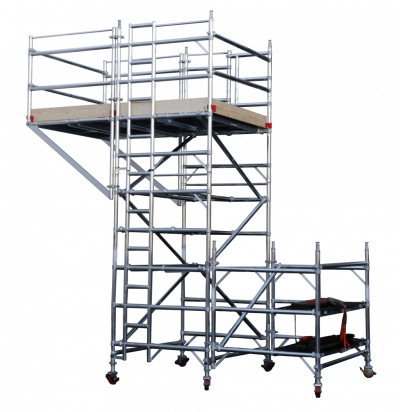Learning is scaffolded by dividing it into parts and then offering a tool or framework for each chunk. Simply defined, scaffolding is what you do initially with children; then, for those students who are still failing, you may need to differentiate by changing an assignment and/or providing a student with accommodations. This article will concentrate on many ways to provide scaffolding to pupils.
6 Most Helpful Scaffolding Strategies for Students
Many tests and research have been conveyed to find the most effective ways to learn things. What researchers and scientists have found is that there is no single definitive way that can ensure ultimate learning success. However, there are different strategies that can help people understand and learn anything more successfully. Here are the best 6 of them:
Showing and Telling
Modeling for pupils is a crucial component of scaffolding instruction. Many individuals perceive visually rather than auditorily. Create an image or scenario to promote the introduction of new material.
For example, if you assign students project-based lessons, remain with them throughout the process while holding an example of the final product. Notate that children’s cognitive capacities are still developing and that their critical thinking is still developing.
Always demonstrate to kids the final result or output before they attempt the task. When a teacher assigns a persuasive essay or an inquiry-based scientific project, a model should be supplied with a criteria chart or a rubric in order to ensure that the assignment is completed properly. You’ll be able to walk students through each stage of the process, and you can even demonstrate the end result directly to them.
Using Prior Knowledge
In scaffolding schooling, you urge students to discuss their experiences and thoughts on the subject and encourage them to link it to their own life. You may sometimes need to offer them tips or ideas to help them connect with something, but once they do, they will claim the information as their own.
Activating students’ past knowledge and utilizing it as a foundation to link new information is not just a scaffolding approach but also an effective teaching method.
Letting them Talk and Share
All kids need time to develop new concepts and knowledge. They also require time to verbally convey their thoughts about the trip. If you are not employing the think-pair-share technique with your pupils, you may want to adopt a different talking style.
Teaching Vocabularies
This is a scaffolding technique that instructors often misuse. As a result, numerous educators are responsible for putting kids down a rough road.
Pre-teaching vocabulary does not include reading terms from a textbook aloud and requiring pupils to write them down and search for their meanings. Instead, allow pupils to see visually engaging and educationally motivating narratives. Use correspondence and have students create visual representations for each word. Allow them the opportunity to discuss the phrase briefly. They should not pull out their dictionaries until this procedure has been completed.
Use Graphical Instruments
A scaffolding educational technique may be implemented via the use of graphics, photographs, and charts shown on the wall. Students are shown visuals that symbolize their concepts and are encouraged to hold on to such conceptions seeing the graphics. The student’s cognitive capacities may be influenced by the use of pictures. Some children are able to initiate a conversation, compose an article, or begin other activities without the assistance of visuals. Nevertheless, there are still many additional pupils that benefit from the use of images since it allows them to get knowledge in greater depth.
Getting Feedback and Adapting
This is a fantastic method for determining whether or not the pupils have grasped the newly introduced material. It is necessary for you to prepare your inquiries in advance and check if they have an open mind. It is possible to maintain the students’ level of engagement by calling on individual students to report on what was spoken about, discovered, or requested. If some of the kids in the class already know the solution to a question, have the entire group go over it again and again until they get it.
Conclusion
The use of scaffolding in education may seem to be straightforward, but it may take some time before the instructor is entirely at ease with the new method of instruction. It is a method designed to assist pupils in becoming more knowledgeable. The use of scaffolding in the classroom may result in longer periods of time spent on instruction, but it is more productive in the long run and cannot be compared to other typical methods of instructing students. As the most popular scaffolding manufacturer in Qatar, FMA Factory encourages to use of scaffolding strategies for students.

